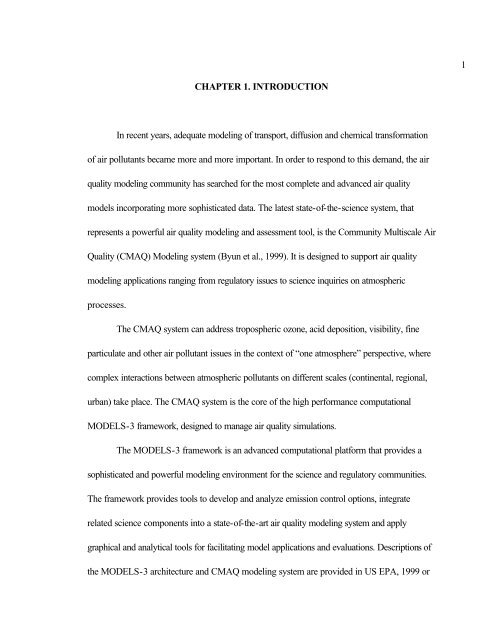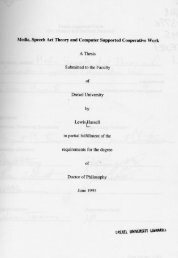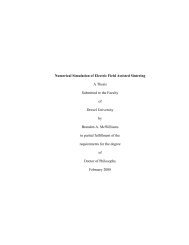Alternative small scale meteorology input to a chemical transport ...
Alternative small scale meteorology input to a chemical transport ...
Alternative small scale meteorology input to a chemical transport ...
Create successful ePaper yourself
Turn your PDF publications into a flip-book with our unique Google optimized e-Paper software.
CHAPTER 1. INTRODUCTION<br />
In recent years, adequate modeling of <strong>transport</strong>, diffusion and <strong>chemical</strong> transformation<br />
of air pollutants became more and more important. In order <strong>to</strong> respond <strong>to</strong> this demand, the air<br />
quality modeling community has searched for the most complete and advanced air quality<br />
models incorporating more sophisticated data. The latest state-of-the-science system, that<br />
represents a powerful air quality modeling and assessment <strong>to</strong>ol, is the Community Multi<strong>scale</strong> Air<br />
Quality (CMAQ) Modeling system (Byun et al., 1999). It is designed <strong>to</strong> support air quality<br />
modeling applications ranging from regula<strong>to</strong>ry issues <strong>to</strong> science inquiries on atmospheric<br />
processes.<br />
The CMAQ system can address tropospheric ozone, acid deposition, visibility, fine<br />
particulate and other air pollutant issues in the context of “one atmosphere” perspective, where<br />
complex interactions between atmospheric pollutants on different <strong>scale</strong>s (continental, regional,<br />
urban) take place. The CMAQ system is the core of the high performance computational<br />
MODELS-3 framework, designed <strong>to</strong> manage air quality simulations.<br />
The MODELS-3 framework is an advanced computational platform that provides a<br />
sophisticated and powerful modeling environment for the science and regula<strong>to</strong>ry communities.<br />
The framework provides <strong>to</strong>ols <strong>to</strong> develop and analyze emission control options, integrate<br />
related science components in<strong>to</strong> a state-of-the-art air quality modeling system and apply<br />
graphical and analytical <strong>to</strong>ols for facilitating model applications and evaluations. Descriptions of<br />
the MODELS-3 architecture and CMAQ modeling system are provided in US EPA, 1999 or<br />
1






